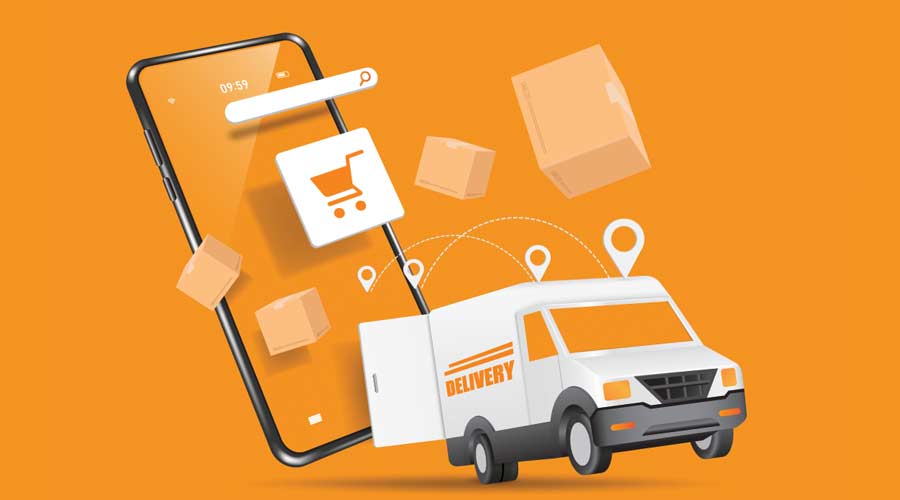
In this final section, Sanitary Maintenance reached out to the editorial advisory board of professionals for comment on tips to reaching end user customers in an ever-evolving marketplace. Here, each representative provides suggestions distributors should consider on the road to success.
Charles Moody
President
Solutex, Inc.
Matt Scoles
Managing Partner
Scoles Systems
Keith Schneringer
Senior Director of Marketing - Facility Care + Sustainability
Envoy Solutions
Ailene Grego
President & CEO
SouthEast Link
Marianne Abided
Executive Vice President
Royal Corporation
Reaching Customers
How can distributors effectively market their products and services to target audiences in an increasingly digital and e-commerce-driven landscape?
Scoles — I believe that if it is a product-based marketing campaign you are highlighting, working with the manufacturers to create high-quality marketing content keeps the messages involving the products consistent across all social media and marketing platforms. If it is a service-based marketing campaign, then spending the time to create and fine-tune that message before broadcasting it will keep end users engaged and more involved with your brand. Furthermore, I believe that marketing campaigns should be used sparingly, and only when the product or message has a high-quality value to the end user. This will give you a much higher and more consistent open-and-click rate when delivered.
Schneringer — Having an “electronic” relationship with customers is key. We have traditionally interacted with customers via our account consultants, our customer service representatives, and our drivers. Now we are also interacting with customers via our websites, our electronic communications, and our e-commerce platforms to create a uniform omnichannel experience.
Abiaad — Having and developing a robust digital platform is necessary but not sufficient as that platform needs to be augmented by value-added components that are effectively communicated and are relevant to the customer. Implementing the right solutions is a comprehensive endeavor.
In what ways has the rise of online marketplaces and direct-to-consumer sales impacted traditional jan/san distribution channels, and how can distributors adapt to this changing landscape?
Abiaad — It all starts by truly understanding the customer needs and effectively communicating your value-added and solution-centered proposition. This is the key component that attains and retains long-term partnerships.
Moody — We actively support the manufacturers who support us in our role as a full-service “brick and mortar” distributor. We spend less with manufacturers who implement direct-to-consumer sales channels. We know that our manufacturing partners, like us, want to achieve growth and always promote their products to do our part in our markets. We also provide additional services like equipment repair and loaners for machines that we have sold, and do not repair equipment that was purchased from an online vendor.
Schneringer — Distributors can adapt by continuing to improve and enhance the customer experience, by continuing to be a trusted source of information and employee training, and by focusing on the value a distributor brings by being the “one-stop” consolidator of everything a customer may need.
What are the main obstacles in effectively communicating the value and benefits of jan/san products to end users, and how can distributors overcome these challenges?
Moody — I always equate the value of their facility maintenance to the asset value of their building or of their brand. Many of our customers’ buildings have an asset value of $50 million or more and we remind the management teams that a well-maintained building that runs like a well-oiled machine will appreciate in value quicker than one that cuts every budget. I feel that most cleaning people are underpaid, and I blame many BSC’s for operating in a “race to zero.” Part of running a good operation is based on balance and making sure that everyone is on board for success.
Schneringer — The primary challenge is connecting the value and benefit of any particular product to an end user’s needs. By answering the question, “What customer challenge does this product solve?”, a distributor can most effectively communicate the value of a product.
Abiaad — Overcoming challenges can be accomplished through comprehensive training and application — not just conceptually communicating something that ends up being non pertinent.
What strategies can distributors employ to better understand end users' needs and preferences, and tailor their product offerings and marketing approaches accordingly?
Moody — I think it’s important to get back in front of your customers and ask them. I love the old 1989 United Airlines commercial where a group of businesspeople in a board meeting decide that it’s time to go visit their customers face-to-face and how the phone and fax machine — the technology of the time — have helped to create a disconnect in their relationships.
Abiaad — Engage, listen, and learn.
Scoles — This can be accomplished through good old-fashioned relationship building. Making sure that all points of contact from your company to the end-user are making efforts to communicate to the customer that we are always available to help them accomplish whatever task they are setting out to complete when utilizing our products or services. That kind of effort and follow-through shows dedication to the customer and creates long-lasting relationships which carry over into your bottom line.
Schneringer — The answer is to listen to the customers and ask them questions about how we can best be of service to them — something we have always strived to do. We exist to take care of customer needs, and while many things have changed over the years and will continue to change in the future, ultimately our success or failure will be based upon how well we take care of our customers.
Corinne Zudonyi is the Editor-in-Chief of Sanitary Maintenance magazine, as well as Contracting Profits and Facility Cleaning Decisions magazines and CleanLink.com.
Distributors Keep Ahead of the Supply Chain

 Celebrating BSCAI's 60th Anniversary eBook
Celebrating BSCAI's 60th Anniversary eBook The Down and Dirty on Cleaning in Virus Season
The Down and Dirty on Cleaning in Virus Season How Surfactant Use is Expanding in Commercial Cleaning
How Surfactant Use is Expanding in Commercial Cleaning